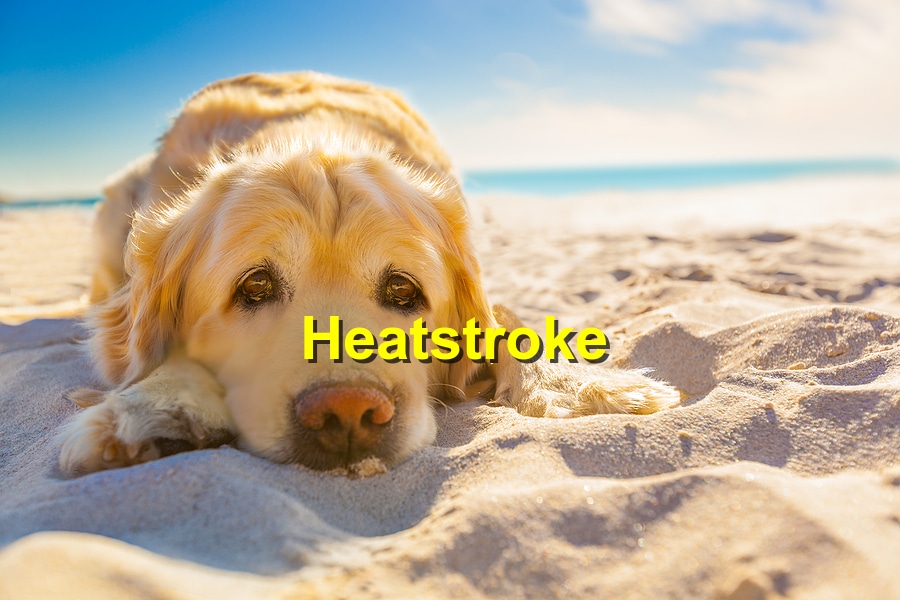Identifying Heatstroke in Pets and How to Treat It

Heatstroke is a life-threatening condition in pets, especially during summer when temperatures soar. Pets, particularly dogs and cats, are vulnerable to overheating due to their limited ability to regulate body temperature. Recognizing the signs of heatstroke and knowing how to respond can save your pet’s life. Here’s a guide to identifying and treating heatstroke to ensure your pet’s safety.
Understanding Heatstroke in Pets
Heatstroke occurs when a pet’s body temperature exceeds 104°F (40°C), overwhelming their cooling mechanisms. Unlike humans, pets primarily cool themselves through panting, which is less effective in extreme heat or humidity. Brachycephalic breeds (e.g., bulldogs, pugs), elderly pets, and those with thick fur or health issues are at higher risk. Common triggers include prolonged exposure to heat, being left in a hot car, or overexertion during outdoor activities.
Recognizing Symptoms
Early detection is critical. Watch for these signs of heatstroke:
- Excessive Panting and Drooling: Rapid, heavy breathing or thick saliva.
- Lethargy or Weakness: Reluctance to move, staggering, or collapsing.
- Bright Red Gums or Tongue: Indicates overheating or poor oxygenation.
- Vomiting or Diarrhea: Often accompanied by distress or disorientation.
- Rapid Heartbeat: A fast pulse, sometimes with irregular breathing.
- Seizures or Unconsciousness: Severe cases may lead to collapse or coma. If your pet shows these symptoms, act immediately, as heatstroke can cause organ damage or death within minutes.
Immediate Treatment Steps
Prompt action can make a difference. Follow these steps to treat heatstroke:
- Move to a Cool Area: Get your pet out of direct heat, preferably to a shaded or air-conditioned space.
- Lower Body Temperature: Apply cool (not ice-cold) water to your pet’s body, focusing on the head, neck, and underbelly. Use wet towels or a fan to aid cooling. Avoid submerging them in cold water, as it can cause shock.
- Offer Water: Provide small sips of cool water if your pet is alert enough to drink. Do not force water, as it may lead to choking.
- Monitor Temperature: If possible, use a rectal thermometer to check their temperature. Stop cooling efforts once it drops to 103°F to avoid hypothermia.
- Seek Veterinary Care: Even if your pet seems to recover, contact a veterinarian immediately. Heatstroke can cause internal damage, such as kidney or heart issues, that requires professional treatment.
Prevention Tips
Preventing heatstroke is easier than treating it. Avoid exercising pets during the hottest parts of the day, provide constant access to fresh water, and never leave them in a parked car, where temperatures can skyrocket. Use cooling mats or vests for high-risk pets, and keep outdoor time short on humid days.
Post-Incident Care
After a heatstroke episode, monitor your pet for lingering symptoms like lethargy or loss of appetite. Follow your vet’s advice for follow-up care, which may include fluids or blood tests to check for organ damage.
By staying vigilant and prepared, you can protect your pet from heatstroke, ensuring they enjoy a safe and happy summer.
References: Humane Rescue Alliance, AKC
Comments
Post a Comment